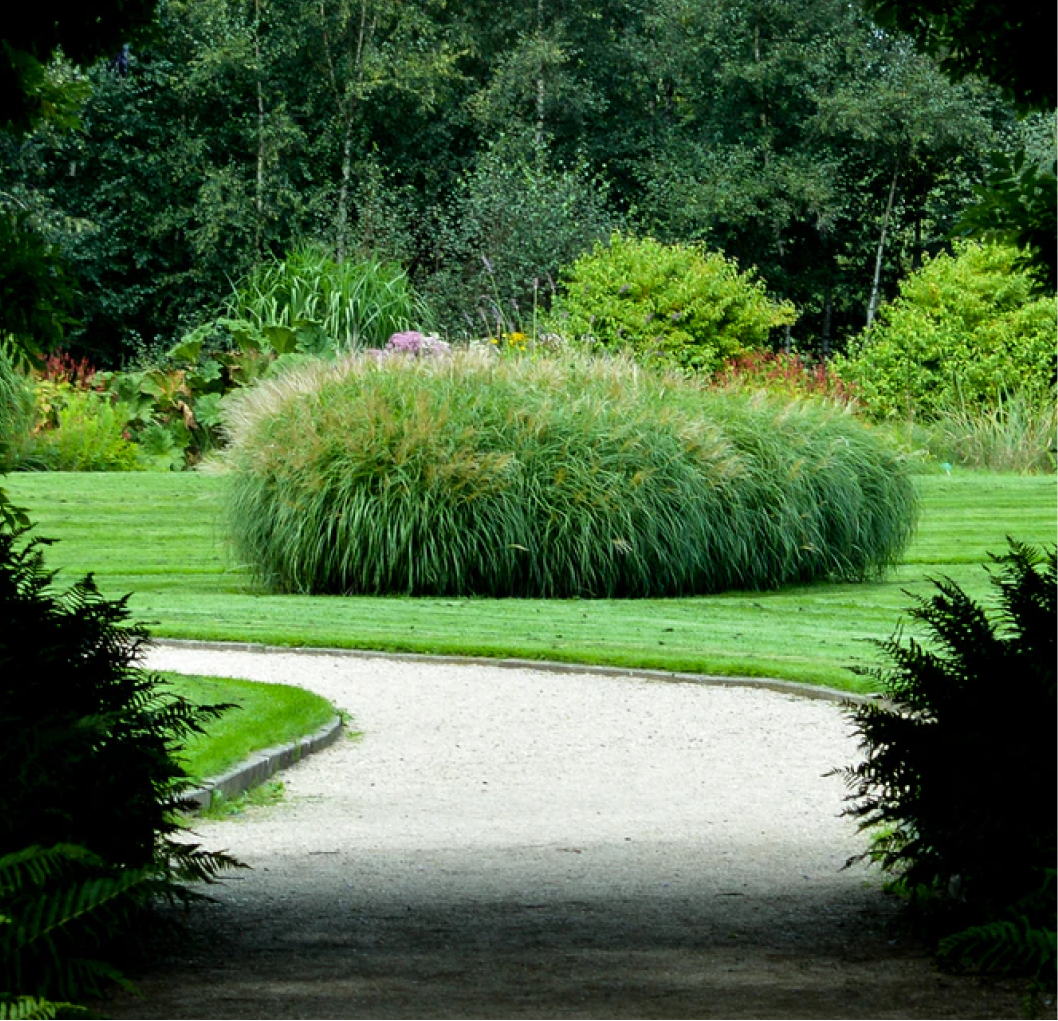Green space with few trees
Open areas of green space with few trees can bring multiple benefits for urban areas, they help with water retention and runoff, serve as open space for social activities and recreation, and can enhance the aesthetic experience when moving through a city. If such green space is managed for biodiversity by introducing flowering meadows and changing management practices, they provide valuable habitats for insects and birds.<
Key characteristic
Lawns can have a retention coefficient that can go up to 20 and help lower water runoff in urban areas preventing floods.
Key characteristic
According to the University of Maryland 1.15 million acres of managed turf grasses generates oxygen for 80 million people in one year.






